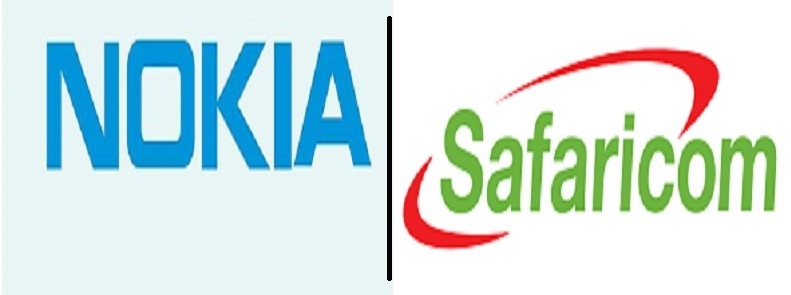Nokia Kenya said that 4G and 5G Fixed Wireless Access (FWA) network slicing had been tested and worked well in Kenya. Safaricom, the largest telecom company in Kenya, is partnering with Nokia in this trial.
This news comes after Nokia and Safaricom said in March 2018 that they were working to bring the first 5G commercial services to East Africa. Safaricom users in Kisumu and the Western Province of Kenya can now access ultra-fast Fixed Wireless Access (FWA) services thanks to Nokia’s 5G Single Radio Access Network (SRAN) technology and 5G FastMile gateways.
The pilot was done on Safaricom’s real business network and involved testing hardware from different vendors. Nokia claimed to offer customer-premises equipment, network management software tools, and base stations (CPE).
According to Nokia, the pilot project is the first time 4G and 5G network slicing was successfully tested in Africa. The live network trial was conducted in Kenya’s Western Region.
Kenyans may now purchase the Nokia 8.3 5G for Ksh 69,000.
With the new project, Safaricom can manage new enterprise network services like application slicing and fast-lane internet access. Nokia also offers both public and private application clouds and secure FWA slice access to business sites.
Read: Nigerians now have access to MTN 5G across 190 sites
Background information on 5G and network slicing:
Using the network slicing method, many different logical and virtual networks can be made from a single multi-domain infrastructure. The phrase is most frequently used when discussing 5G networks, partly because this capability is demanded by the 5G standard, whereas it was not and could not be supported by the 4G and earlier generations of cellular communication services.
Operators can break a network into several virtual slices using network slicing, each of which can be optimized for a different target application or service. Different priorities, routing, levels of network performance, and security capabilities can then be used to provide services to each network slice’s end users.
Slices have KPIs that are used to ensure service is being provided and can be updated and delivered in just a few minutes.
These many services are supported by network slicing in 5G, making it possible to move resources from one virtual network slice to another efficiently. The applications that 5G enables or improves require more connections, more bandwidth, and lower latency than what was possible with earlier generations.
Nokia’s 4G/5G slicing solution supports LTE, 5G NSA, and 5G SA technologies with slice service continuity between the networks, and it won a major award from GTI 2021 in the category of “Innovative Breakthrough in Mobile Technology.” All LTE and 5G devices can now use slicing services.
“We are proud to have hosted Africa’s first successful pilot of 4G/5G FWA slicing on our network, and we look forward to tailoring our service offerings to individual customers and industries to meet their needs for high-speed connectivity precisely and without unnecessary cost,” said James Maitai, Network Director at Safaricom. The secret to this accomplishment has been Nokia’s experience, and as our company grows, we expect to achieve many more strategic victories in this field.
“It is fantastic to have successfully completed this pilot with Safaricom, which is a big step forward in providing Safaricom with cutting-edge connectivity,” said Ramy Hashem, Head of the Safaricom Customer Team at Nokia. Understanding the new business opportunities enabled by cutting-edge technology early on is invaluable.
Nokia was the first company to offer a solution for slicing, and we’re excited to work with Safaricom to keep providing its customers with top-notch 4G and 5G network slicing services.




